Precise Definition of a Limit
In my earlier videos I went over limits and limit laws but through a intuitive definition that used subjective terms such as "close to a" but that is not good enough to prove conclusively some limits especially limits that don't have the direct substitution property. In this video I go over the precise definition of a limit as well as going through a simple example to better illustrate it. This concept is more abstract and complex but it is necessary to make defining the limit more concrete. This is very important to understand as it is the building block for calculus so make sure to watch this video!
Watch video on:
- BitChute: https://www.bitchute.com/video/na8NPk1g2YKE/
- 3Speak:
- DTube: https://d.tube/#!/v/mes/QmSFG7SBg7HzrF2mnu7mYaUh8GmKvtvgEsS8t5wPfFB1Zy
- YouTube: https://youtu.be/zOWuWE4M2rk
Download video notes: https://1drv.ms/b/s!As32ynv0LoaIiNYkJxQAgOddjoF8hQ?e=yPOBE3
View Video Notes Below!
Download these notes: Link is in video description.
View these notes as an article: https://peakd.com/@mes
Subscribe via email: http://mes.fm/subscribe
Donate! :) https://mes.fm/donate
Buy MES merchandise! https://mes.fm/storeReuse of my videos:
- Feel free to make use of / re-upload / monetize my videos as long as you provide a link to the original video.
Fight back against censorship:
- Bookmark sites/channels/accounts and check periodically
- Remember to always archive website pages in case they get deleted/changed.
Buy "Where Did The Towers Go?" by Dr. Judy Wood: https://mes.fm/judywoodbook
Subscribe to MES Truth: https://mes.fm/truthJoin my forums!
- Hive community: https://peakd.com/c/hive-128780
- Reddit: https://reddit.com/r/AMAZINGMathStuff
- Discord: https://mes.fm/chatroom
Follow along my epic video series:
- #MESScience: https://mes.fm/science-playlist
- #MESExperiments: https://peakd.com/mesexperiments/@mes/list
- #AntiGravity: https://peakd.com/antigravity/@mes/series
-- See Part 6 for my Self Appointed PhD and #MESDuality breakthrough concept!- #FreeEnergy: https://mes.fm/freeenergy-playlist
- #PG (YouTube-deleted series): https://peakd.com/pg/@mes/videos
NOTE #1: If you don't have time to watch this whole video:
- Skip to the end for Summary and Conclusions (if available)
- Play this video at a faster speed.
-- TOP SECRET LIFE HACK: Your brain gets used to faster speed!
-- Browser extension recommendation: https://mes.fm/videospeed-extension
-- See my tutorial to learn more: https://peakd.com/video/@mes/play-videos-at-faster-or-slower-speeds-on-any-website- Download and read video notes.
- Read notes on the Hive blockchain #Hive
- Watch the video in parts.
-- Timestamps of all parts are in the description.Browser extension recommendations:
- Increase video audio: https://mes.fm/volume-extension
- Text to speech: https://mes.fm/speech-extension
Precise Definition of a Limit
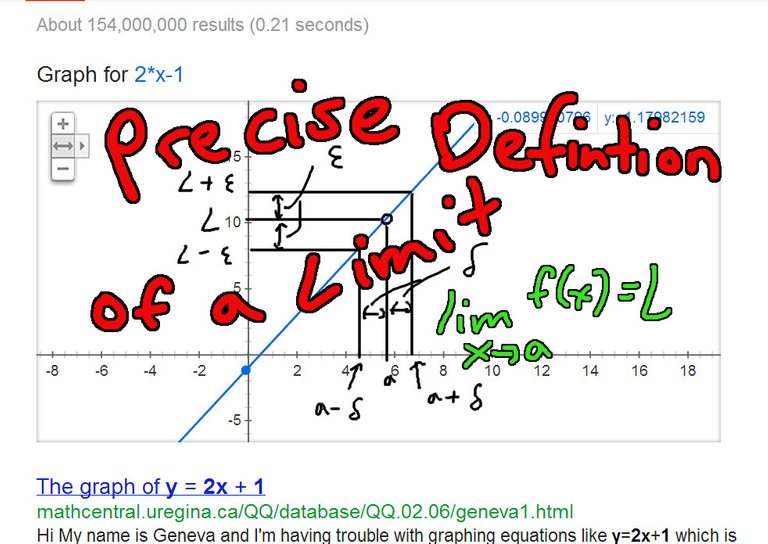
Recap on Intuitive Definition:

“As x is close to a, f(x) approaches L”
Need precise definition to prove conclusively limits such as:
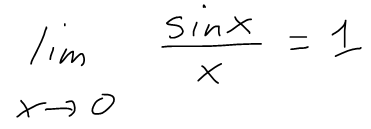
Precise Definition
Let f be a function defined on some open interval that contains the number ‘a’, except possibly at ‘a’ itself.
Then we can say that the limit of f(x) as x approaches ‘a’ is ‘L’, and we write:
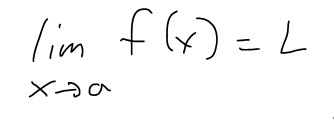
If for every number ε > 0 there is a number δ > 0 such that:

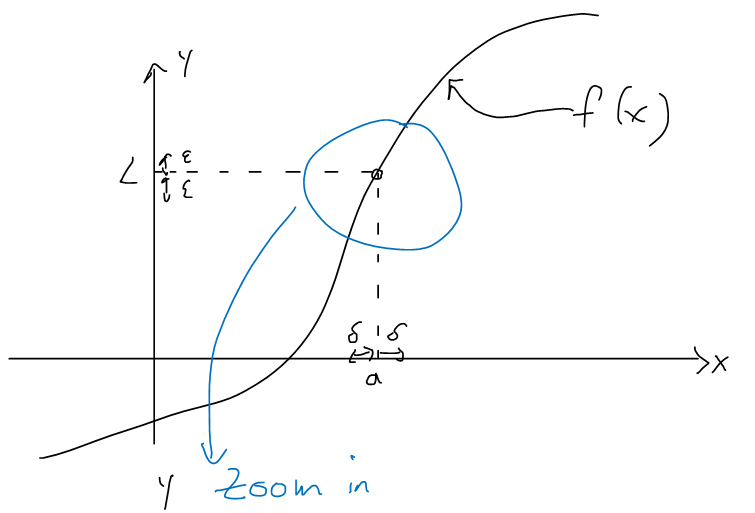
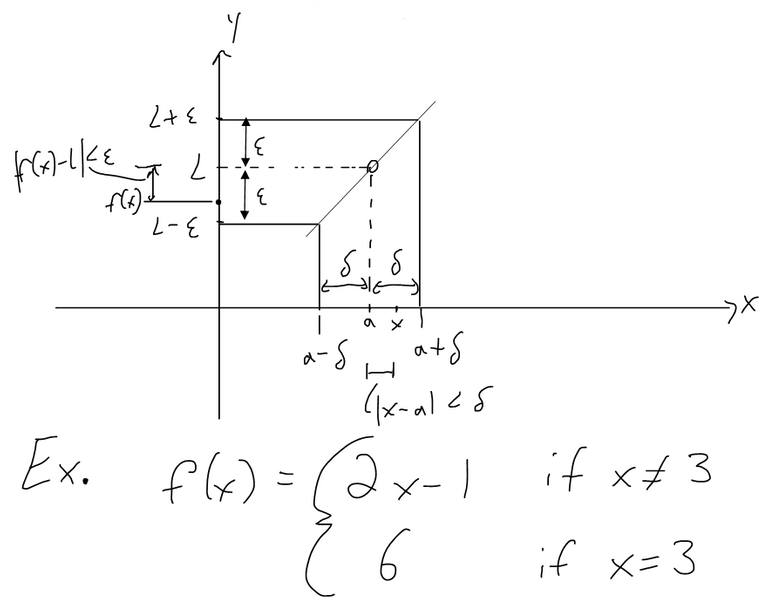
How close to 3 does x have to be if f(x) differs from 5 by less than 0.1?

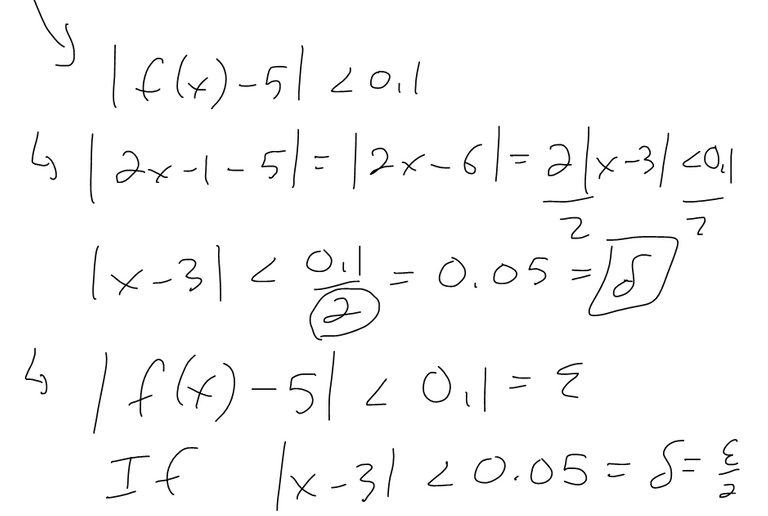

Thus Precise Definition states that the distance between f(x) and L and be made arbitrarily small by taking the distance from x to a sufficiently small (but not 0).
NOTE: Not using subjective terms such as “close to”.
https://twitter.com/MathEasySolns/status/1362612613448826883